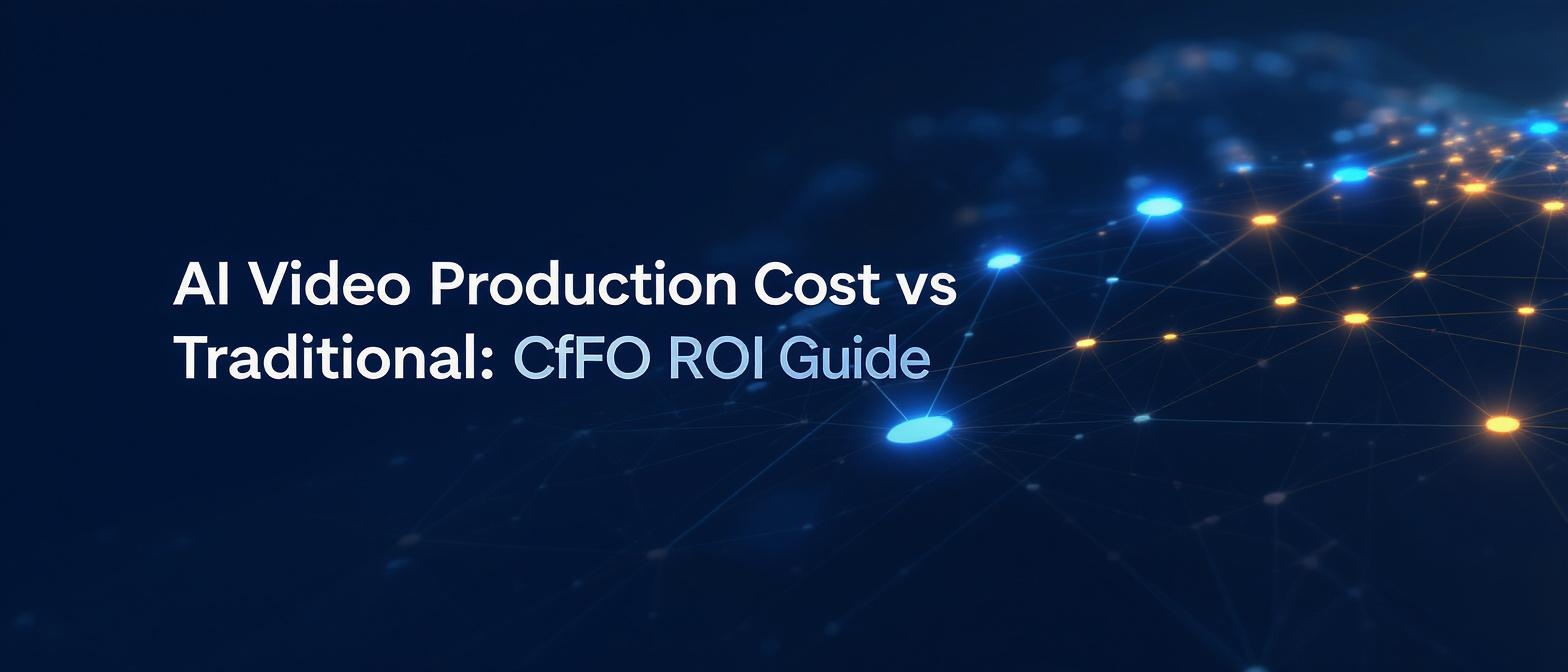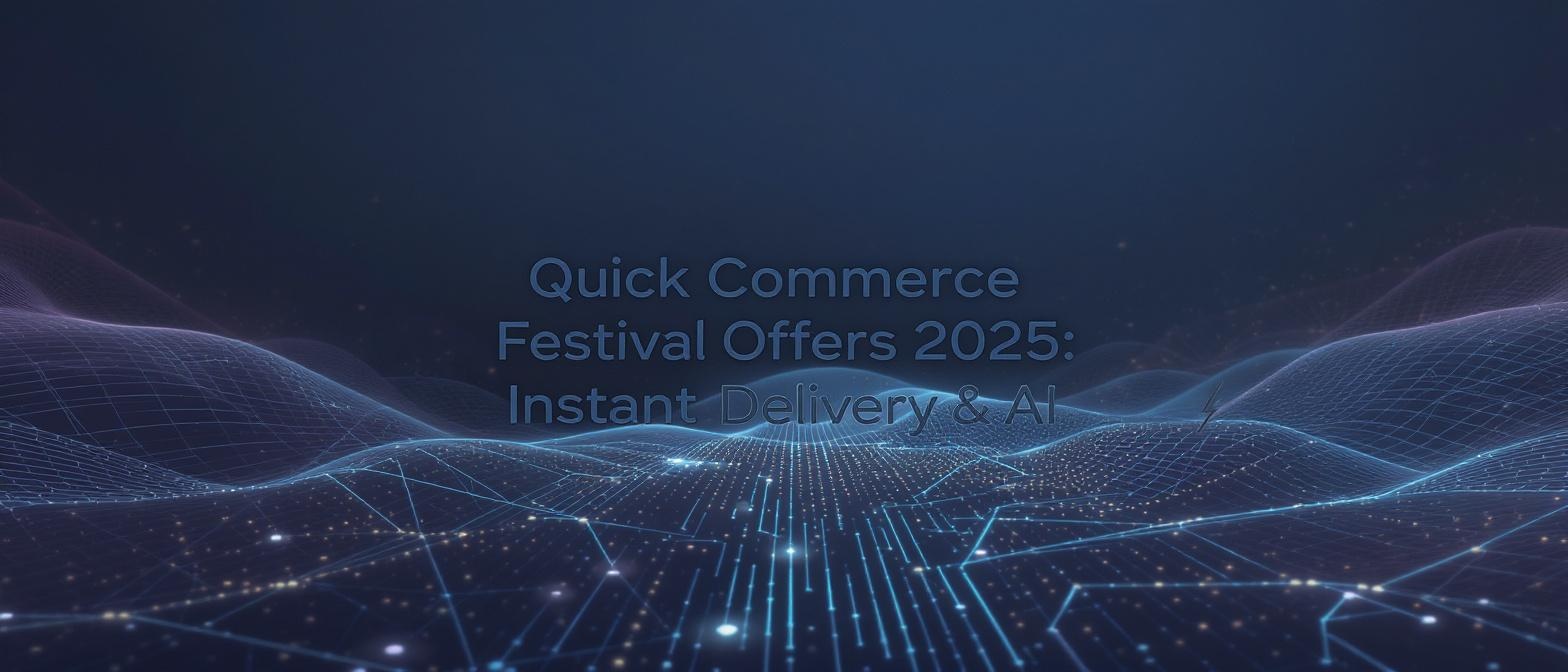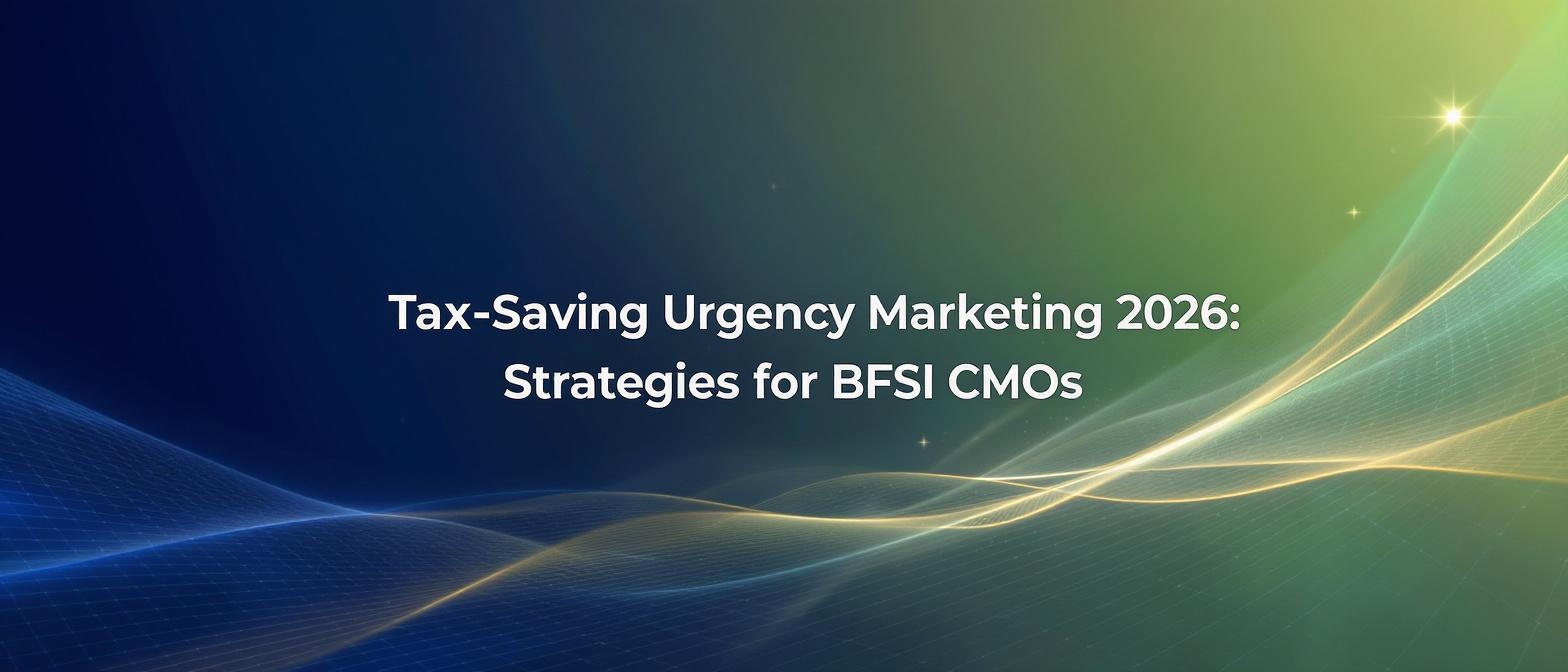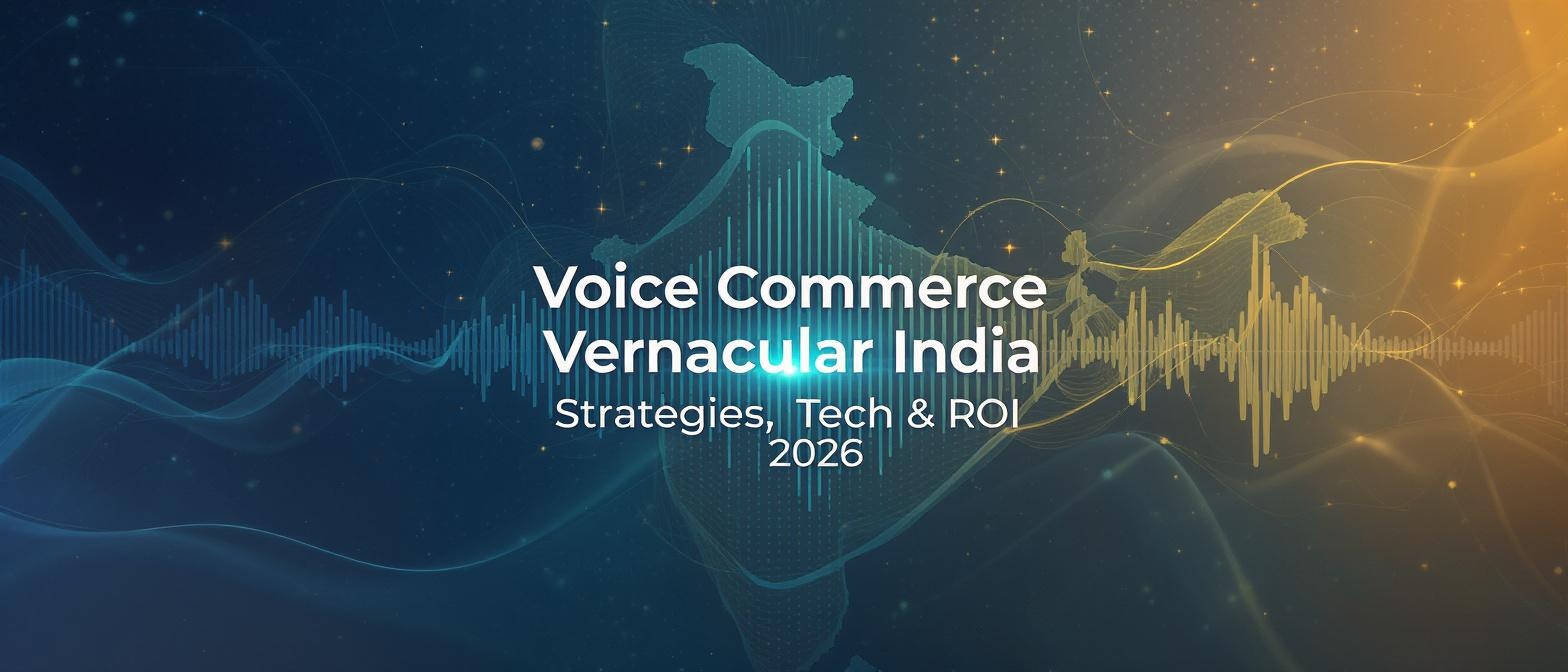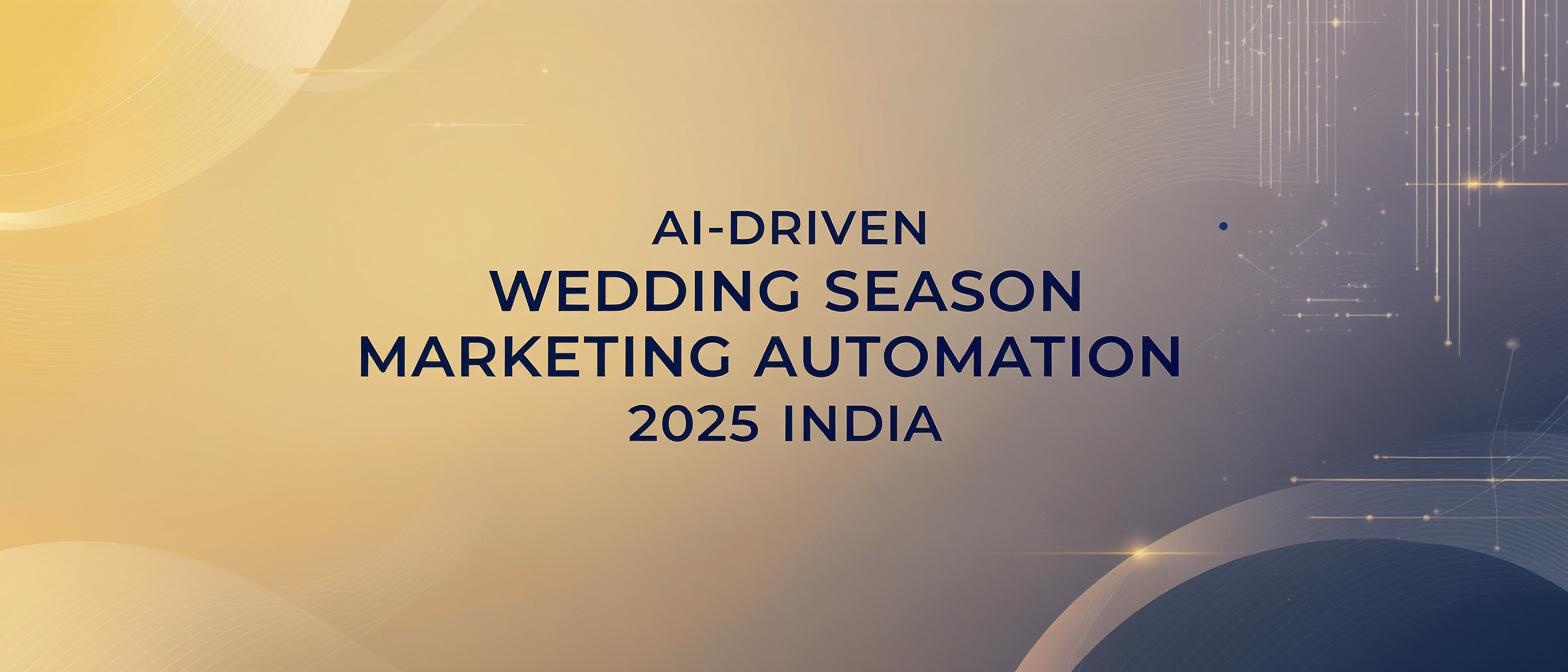AI Video Production Cost vs. Traditional in 2025: A CFO’s Guide to ROI
Estimated reading time: 12 minutes
Key Takeaways
- AI-driven video production can reduce costs by up to 70-90% versus traditional methods.
- Traditional workflows are time-consuming and balloon budgets unpredictably.
- AI platforms offer instantaneous localization for multiple languages with minimal effort.
- Scalability and speed-to-market translate into higher ROI for businesses in 2025.
- The Indian market stands to benefit greatly from AI’s cost-effective and fast approach.
In the relentless pursuit of market share, high-quality video content is no longer a luxury—it's the engine of engagement, conversion, and brand loyalty. Yet, for decades, business owners and CFOs have been locked in a frustrating cycle with traditional video production: a black box of opaque pricing, ballooning budgets, and timelines that stretch for weeks or even months. This old model drains resources, delays critical campaigns, and makes scaling content for diverse markets, like India, a logistical and financial nightmare. You’re not just spending money; you’re losing precious time and competitive ground.
The critical question for any forward-thinking business in 2025 is how to break this cycle. The answer lies in a paradigm shift driven by artificial intelligence. This guide provides a definitive analysis of AI video production cost vs traditional methods, offering a transparent comparison of expenses, timelines, and, most importantly, return on investment (ROI). We will dissect the numbers, explore the efficiency gains, and equip you with the data needed to make a strategic financial decision that could redefine your content strategy for years to come.
The Fundamental Shift: AI vs. Traditional Video Production Defined
Before we dive into a line-item comparison, it’s crucial to understand the foundational differences between these two approaches. They are not merely different tools; they are entirely different workflows with distinct philosophies.
Traditional Video Production: This is the method we’re all familiar with. It’s a resource-intensive, linear process involving:
- Live Shoots: Requires physical locations, actors, and a full crew (director, camera operators, sound engineers).
- Extensive Equipment: Involves renting professional cameras, lighting rigs, microphones, and other gear.
- Multi-Day Post-Production: A lengthy phase where editors manually cut footage, color grade, mix audio, and add graphics.
- Human-Powered Localization: Translating and adapting content for new markets often requires new voice-over artists, editors, and significant rework.
AI Video Production: This modern approach leverages machine learning models to automate and streamline the entire script-to-video workflow. It is characterized by:
- Synthetic Media: Utilizes AI-generated avatars (digital twins of real actors), synthetic voice-overs, and vast stock media libraries.
- Automated Workflows: Transforms text scripts into finished videos, complete with voice, captions, and branding, in minutes.
- Instantaneous Localization: Translates scripts and generates new video versions with perfectly lip-synced audio in hundreds of languages with a single click.
- Browser-Based Platforms: All creation happens in the cloud, eliminating the need for expensive hardware or software installations.
The global AI video market is exploding for a reason. Valued at USD 3.86 billion in 2024, it’s projected to grow at a staggering CAGR of 32.2% from 2025 to 2033, signaling a massive shift in how businesses create content.
Source: Grand View Research
2025 Cost Analysis: A Head-to-Head Breakdown
When comparing AI video production cost vs traditional, the contrast isn’t just in the final price tag but in the predictability and structure of the expenses.
Subsection A: The Predictable World of AI Video Production Costs
AI video generation operates on a transparent, scalable model, making it incredibly easy to forecast and control your budget. The costs are driven by platform access and computing resources, not billable hours.
Common Pricing Models:
- Subscription Tiers: This is the most popular model. For a fixed monthly or annual fee, you get access to the platform’s features and a set number of video generation minutes. According to industry analysis, these plans typically range from $30 to $500 per month.
- Per-Minute Rates: Some platforms offer a pay-as-you-go model or charge for extra minutes beyond your subscription. These rates can vary from $0.50 to $30 per minute of finished video, depending on the complexity (e.g., 4K resolution, premium avatars).
Source: VidBoard.ai
Key Cost Drivers:
- Platform Fees: The core subscription cost.
- Compute Time: The processing power required to generate the video.
- Avatar Licensing: Access to basic or premium AI avatars.
- Media Libraries: Use of integrated stock video, image, and music libraries.
- Auto-Localization: The number of languages you need to generate.
For small businesses looking for affordable AI video tools, this model is a game-changer. It transforms video production from a large, unpredictable capital expenditure into a manageable operational expense. Platforms like Studio by TrueFan AI enable businesses to budget precisely for their video needs, whether it’s 10 minutes a month for social media or 200 minutes for large-scale training modules.
Subsection B: The Variable Labyrinth of Traditional Video Production Costs
Traditional video production pricing is a complex web of line items, each with its own fluctuating costs based on location, talent, and project scope. The lack of predictability is a major pain point for CFOs.
Typical Line-Item Breakdown (especially in India):
- Crew: Director, cinematographer, gaffer, sound recordist. Costs can range from ₹50,000 to ₹1,00,000+ per day.
- Equipment Rental: Cameras, lenses, lighting, tripods. Expect to pay ₹15,000 to ₹40,000 per day.
- Talent: Actors or on-screen presenters, with fees varying wildly.
- Location Fees: Renting a studio or securing permits for a public space.
- Post-Production & Editing: This alone can cost ₹2,000 to ₹5,000 per minute of finished video for a skilled editor.
- Travel, Catering, & Logistics: Often overlooked but can add up quickly.
Globally, benchmarks show that traditional production often ranges from $1,000 to an eye-watering $50,000 per finished minute.
Source: ZebraCat.ai
In India, while more affordable, agency packages for a single, high-quality promotional video can still range from ₹30,000 to over ₹5,00,000 per minute.
The Hidden Costs of Traditional Production
Beyond the invoice, traditional methods carry significant hidden costs that AI eliminates:
- Opportunity Cost: While you wait 4-6 weeks for a video, your competitors have already launched and optimized their campaigns.
- Cost of Revisions: A simple script change or a desire to A/B test a different call-to-action can necessitate expensive re-shoots or complex re-edits.
- Lack of Scalability: The cost to produce 10 videos is 10 times the cost of one. There are no economies of scale for one-off projects.
The Speed Advantage: How AI Collapses Production Timelines in 2025
Time is money, and this is where AI delivers one of its most compelling returns. Research consistently shows that AI workflows reduce video production time by an incredible 70–90%.
Source: Magic Hour AI
Let’s break down what this means in practice:
| Stage | Traditional Timeline | AI Timeline |
|---|---|---|
| Script to First Draft | 3-5 days (storyboarding, approvals) | < 10 minutes |
| Filming/Shooting | 1-3 days | 0 minutes (N/A) |
| Editing & Post-Production | 5-10 days | Included in generation time |
| Captions & Subtitles | 1 day (manual transcription/timing) | < 1 minute (Auto-generated) |
| Localization (5 languages) | 2-3 weeks (new voice-overs, editing) | < 15 minutes (One-click generation) |
TOTAL (Traditional): 3-6 Weeks | (AI): < 1 Hour
Mini Case Study: Hyper-Localization for a Marketing Campaign
Imagine an e-commerce brand wanting to launch a product ad in 10 different Indian regional languages.
- Traditional Approach: This would require hiring 10 different voice actors, booking studio time for each, and having an editor painstakingly sync each new audio track to the original video. Timeline: 3-4 weeks. Cost: Several lakhs.
- AI Approach: Upload one script. Use the platform’s translation feature to create 9 variants. Select an avatar and generate all 10 videos simultaneously. Timeline: Under 30 minutes. Cost: A fraction of a monthly subscription.
This demonstrates a monumental leap in AI vs traditional video ROI, where speed directly translates to market agility and cost savings.
The Ultimate Metric: Calculating ROI & Cost-Efficiency
For a CFO, the bottom line is ROI. Calculating the ROI of AI video production goes beyond a simple cost-per-video comparison. A true analysis must factor in efficiency, scalability, and speed to market.
How to Calculate Your Potential ROI:
- Baseline Traditional Costs: Calculate your total spending on video production over the last 12 months, including agency fees, freelancer invoices, and any internal staff time.
-
Estimate AI Costs: Use an AI video production budget calculator concept.
(Your estimated monthly minutes) x (Platform’s per-minute rate) + (Monthly subscription fee) = Total Monthly AI Cost.
Multiply by 12 for your annual AI cost. - Factor in Time & Opportunity: Quantify the value of reducing production time from weeks to hours. How many more campaigns could you launch? How much faster could you react to market trends?
- Measure Performance Lift: Studies and case studies show that the ability to rapidly test and personalize video content can lead to a 3x return on ad spend (ROAS).
Source: VidBoard.ai
The Power of Scalability ROI
This is a crucial concept traditional models can’t compete with. With AI, the cost to create 20 variations of an ad (different hooks, calls-to-action, or languages) is marginally more than creating one. This allows for extensive A/B testing that was previously cost-prohibitive. By optimizing for the top-performing 1-2 variations, you can achieve a level of campaign efficiency and ROI that is simply impossible when each variation requires a full production cycle. Solutions like Studio by TrueFan AI demonstrate ROI through this exact mechanism: enabling mass experimentation at a minimal cost to find the creative that truly resonates.
The Indian Market Focus: 2025 Video Production Cost Comparison in India
The value proposition of AI is even more pronounced in the dynamic and diverse Indian market. While traditional production is cheaper here than in the West, the cost barrier for SMEs and startups remains high.
A Direct Cost Comparison in India (Per Finished Minute):
- Traditional Agencies: ₹30,000 – ₹2,00,000+
- Freelancers (Shoot + Basic Edit): ₹10,000 – ₹50,000
- AI Platforms (Equivalent Output): ₹2,500 – ₹15,000
The cost savings are stark, but the biggest advantage for India is localization at scale. A foundational element of traditional video production pricing in India involves managing multiple languages, a task that is both costly and time-consuming. AI platforms demolish this barrier. With Studio by TrueFan AI’s 175+ language support and AI avatars, a brand can create a single campaign and instantly deploy it in Hindi, Tamil, Bengali, Marathi, Gujarati, and more, ensuring the message is delivered by a consistent brand face with perfect, localized lip-sync. This capability alone provides an unparalleled competitive edge.
For context on local rates, even basic video editing charges in India can quickly add up, reinforcing the value of an integrated AI platform.
Source: Medium
Your Toolkit: Top Affordable AI Video Tools & Budget Calculators for 2025
The market for AI video tools is expanding rapidly. Here are some of the leading platforms that offer excellent value for businesses of all sizes.
1.
Studio by TrueFan AI
This self-serve SaaS platform is designed for marketers and agencies who need speed, scale, and quality. It stands out with its focus on realistic, licensed avatars and robust enterprise features.
- Pricing (INR): Starter Plan at ₹2,999/month (10 mins) and a Growth Plan at ₹19,999/month (120 mins).
- Key Features: A library of photorealistic avatars (digital twins of real actors), script-to-video in minutes, 175+ languages, an intuitive in-browser editor, multiple aspect ratios, auto-subtitles, and powerful API/webhook integrations for automation. It is also ISO 27001 & SOC 2 certified, ensuring enterprise-grade security.
2. Other Notable Tools:
- Synthesia: A market leader known for its wide range of high-quality avatars. Pricing starts from around $18/month (approx. ₹1,500).
- Runway ML: A powerful suite of AI magic tools, including text-to-video and video-to-video generation. Plans range from ₹750 to ₹6,500 per month.
- Magic Hour, Kling, vidBoard: Other innovative platforms offering competitive features and pricing, often with tools like built-in cost comparison widgets to help you calculate savings.
When evaluating these tools, use the video production budget calculator AI concept: multiply your expected monthly video output in minutes by the platform’s per-minute rate (if applicable) and add the monthly subscription fee. Compare this predictable figure to a single quote from a traditional agency to see the dramatic difference.
Proof in Action: Real-World Case Studies & ROI
The theoretical benefits of AI are proven by real-world results.
- TrueFan Hyper-Personalization Campaign: An enterprise e-commerce client utilized TrueFan’s platform to deliver 50,000 personalized video messages to customers over two weeks. The result was a 40% increase in click-through rates compared to their standard email campaigns, showcasing massive engagement lift at scale.
- Zomato’s Mother’s Day Campaign: In a landmark campaign, Zomato generated 100,000 personalized videos in just three days. This initiative achieved an incredible 75% open rate and led to a 20% uplift in orders, demonstrating the direct impact of personalized video on revenue.
- The Hybrid Approach for SMEs: Many small businesses are now using a hybrid model. They film their core product footage once, then use AI tools to create dozens of variations for intros, outros, and promotional overlays. This allows them to refresh their marketing constantly without the cost of repeated shoots, optimizing their small business video production costs.
These examples underscore how AI is not just about saving money; it’s about unlocking new strategic capabilities that drive measurable business growth.
The Verdict for 2025: Why CFOs and Marketers Are Shifting Budgets
The evidence is overwhelming. For the vast majority of business use cases—from marketing ads and social media content to internal training and personalized sales outreach—AI video production is no longer a futuristic concept. It is the smarter, more strategic choice for 2025.
By embracing AI, you are not just cutting costs. You are investing in agility, scalability, and a level of personalization that was previously unattainable. The AI video production cost vs traditional debate is decisively tipping in favor of AI, which delivers 70-90% savings in both cost and time, democratizes high-volume content creation, and, in many cases, pays for itself through enhanced campaign ROI.
For every CFO and marketing director planning their budget, the next step is clear. Run a pilot program. Use an AI video budget calculator to model your costs against your current agency quotes. The numbers will speak for themselves.
Ready to see the difference firsthand? Try Studio by TrueFan’s free trial and calculate your AI video production cost vs traditional in real numbers today.
Frequently Asked Questions
1. Can AI video completely replace traditional video production?
Not entirely, and it doesn’t need to. For high-end brand films, cinematic commercials, or productions requiring complex human interaction and emotion, traditional methods still excel. However, for the 80% of business video needs—explainers, ads, social content, training—AI is a more efficient and cost-effective solution. The smartest strategies in 2025 will use a hybrid approach.
2. What about the creative quality of AI video? Is it “good enough”?
The quality of AI video has improved exponentially. Modern platforms produce HD and 4K video with natural-sounding voices and realistic avatars that are more than sufficient for professional business communications. The key is to choose a platform that uses high-quality digital twins of real actors rather than purely CGI creations.
3. How secure is my data and script when using an online AI video platform?
Security is paramount. Leading platforms invest heavily in data protection. Look for providers that are transparent about their security protocols and have certifications like ISO 27001 and SOC 2, which are industry standards for information security management.
4. What is the learning curve for these AI video tools?
Most modern AI video platforms are designed with a user-friendly, “Canva-like” interface. If you can create a slide presentation, you can create an AI video. The process is typically as simple as choosing an avatar, typing or pasting your script, and clicking “generate.” Most users can produce their first video in under 15 minutes.
5. How can I ensure brand consistency with AI-generated videos?
This is a critical question. Top-tier platforms offer features specifically for brand consistency. For instance, with platforms like Studio by TrueFan AI, you can create custom templates, upload your brand’s logos and color palettes, and even create a custom AI avatar of a company spokesperson to ensure every video aligns perfectly with your brand identity.

